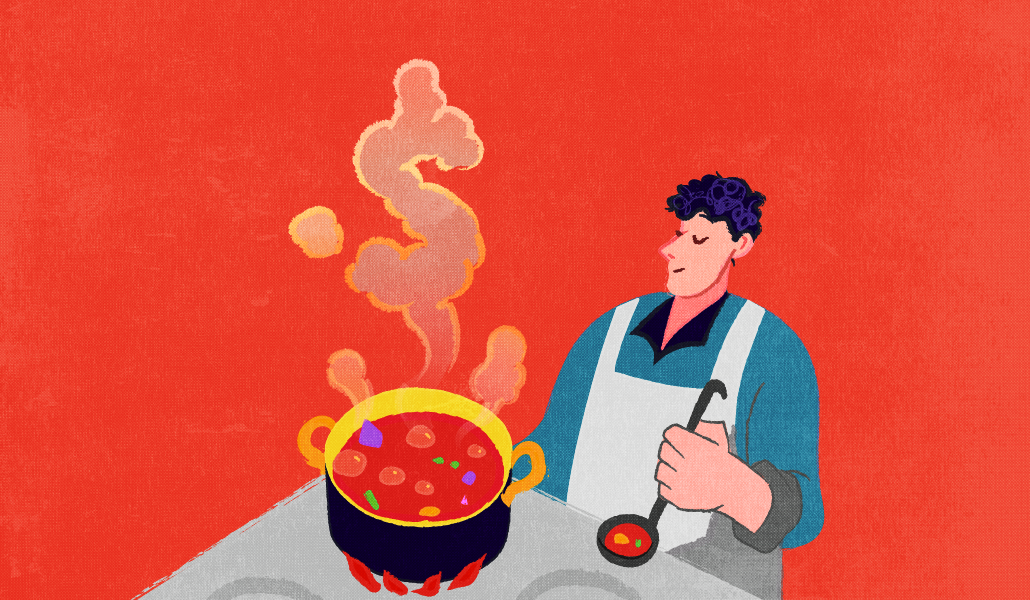The New York Times’ Cooking upright has actually debuted a new baking video series and newsletter franchise led by supervising manufacturer Vaughn Vreeland, making the included recipes totally free to gain access to as part of a push to bring in more youthful target markets into its registration channel.
Although the Times intends to generate income from the video clips and e-newsletters with ads (there isn’t a launch sponsor), the tactic is ultimately component of the Times’ subscriber purchase method.
The Times has actually long experimented with loosening its paywall around specific news occasions– like its COVID- 19 protection in March 2020 and governmental political elections. Now it’s applying that very same playbook to Cooking, intending to use recipes and food material much more strategically as a membership motorist for brand-new and more youthful target markets.
“This is a new target market play,” claimed Camilla Velasquez, gm of NYT Cooking. “There is such a huge audience around for baking that possibly do not understand us yet. And we truly intend to get them … We’ve really attempted to open our access model to enable people to attempt things a bit a lot more.”
Vreeland’s series “Bake Time,” which introduced on Sept. 25, is additionally component of the Times’broader relocation right into even more personality-led video clip , where the publisher increasingly constructs franchise business around specific ability. That’s a technique Cooking has actually pushed even more strongly in the past 18 months , Velasquez kept in mind.
Publishers from The Washington Message to the Guardian and News Corps are try out formats anchored by recognizable individualities, partly to compete with creators and influencers that dominate more youthful audiences’ attention.
For numerous publishers, leaning into video and creator-style franchises is a hedge against declining referral website traffic, specifically as Google AI Overviews threatens to siphon off informal readers. The Times is much less prone than a lot of many thanks to its membership base, however Food preparation remains an essential channel product. (The Times does not burst out the number of Food preparation clients from its overall digital client base of 11 88 million. Food preparation has greater than 1 million Youtube subscribers.)
Free dishes and personality-driven video around producers like Vreeland are designed to maintain brand-new audiences flowing right into that subscription pipe, making the strategy as much defensive as it is growth-driven.
The technique additionally doubles as a bush versus the threat of AI: if less viewers end up on author homepages, placing recognizable names and faces on exterior platforms aids expand brand acknowledgment and depend on– a minimum of theoretically.
“What the Times is doing right here functions as a fine example of just how heritage authors can separate themselves in an increasingly AI-disrupted atmosphere, specifically with content that is very at risk to disturbance– like recipes,” Melissa Chowning, owner and CEO of target market development and marketing company Twenty-First Digital, claimed in an e-mail. “By combining a dish with an interesting character, they create an experience that is far more challenging for AI summaries to reproduce.”
Chowning stated the strategy offers audiences a lot more reason to involve directly with a title like The New York Times, as opposed to AI-generated recipes. Video clip web content additionally “enhances their potential for exploration on social media platforms,” she included.
According to Steve Paine, advertising and marketing manager at search engine optimization platform Sistrix, Google AI Overviews were triggered for concerning 11 % of the keyword phrases Food preparation rated for in Sistrix’s dataset, which he noted was “average” compared to other publishers.
“Video clip and images and human link [are] becoming the language of the web,” Velasquez said.
In 2024, people supervised 4 3 million hours of NYT Food preparation video clips on YouTube, according to the Times. And 70 % of subscribers go back to the Cooking platform week over week. NYT Food preparation has two various other recipe-focused series, consisting of “The Vegetable” and “Cooking 101” (Vreeland counts 86, 000 followers on his own Instagram account.)
“There’s [a] new target market and younger target market where cooking weeknights for them is not something that suits their routine, but it could fit in on the weekend,” Velasquez said.
Each monthly episode of “Bake Time” will study the motivation and advancement journey behind the featured cooking dish. Vreeland calls it his “video diary.” The newsletter will certainly be released weekly, he stated. Target market comments will be a large part of both– Vreeland plans to include photos of customers’ cooks in his videos and newsletter, as well as dressmaker the motif of the e-newsletter around visitors’ dish demands.
“I’m humanizing the recipe,” Vreeland claimed.
The video clips will certainly be distributed on the Times’ very own Cooking site and application, YouTube, and social platforms.
For all the energy behind authors going after video clip, the bigger inquiry is whether these initiatives actually reach the audiences they’re suggested to– and whether they supply for marketers, noted Alan Wolk, co-founder and lead expert at getting in touch with firm TVRev. He cautioned publishers like the Times from generating video clip that may be seen as “amateur” alongside tough information coverage on a homepage.
“The concept of having video clip is a great one, and if they made use of these video clips on TikTok or even YouTube it would work. It’s the same encouraging the reporters to advertise the video clips on social. But context is everything,” stated Wolk. “Whether it works or not is another tale, however it’s absolutely a method to bring advertisers into a different component of the paper.”
Advised Social & Advertisement Technology Equipment
Disclosure: We may earn a payment from associate web links.


Leave a Reply